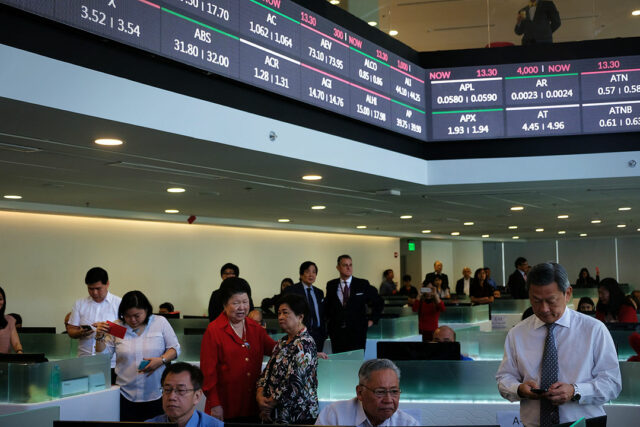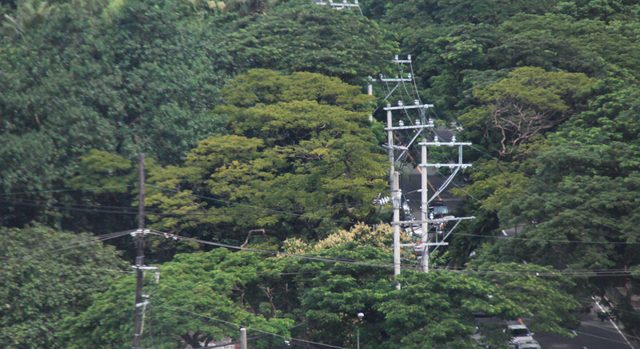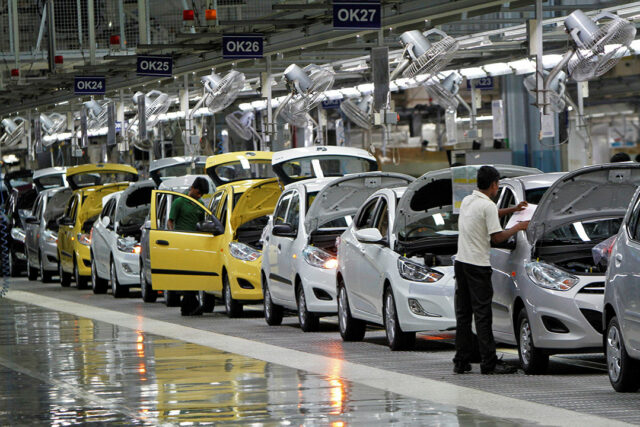By Justine Irish D. Tabile, Reporter
SINGAPORE — Retailers in Southeast Asia need to innovate to remain competitive in online shopping as consumer preferences evolve, electronic commerce (e-commerce) platforms said.
At Tech Week held at Marina Bay Sands, Shopify Country Head for Southeast Asia and India Bharati Balakrishnan said that 52% of shoppers from the region prefer to shop online.
“I know it’s not like way over 50%, but this shift, I promise you, is happening much faster in these (Southeast Asian) markets than elsewhere,” she said.
The Shopify Southeast Asia Retail Report 2024 revealed that online shopping continues to be the preferred channel for shoppers in the region. The finding was reached in a survey of 2,056 consumers from Indonesia, Malaysia, Singapore, and the Philippines.
The report also found that one in four of those surveyed equally enjoy shopping online and in-store, while only 19% said they prefer to shop offline.
Ms. Balakrishnan said the critical point of e-commerce is not about how much shoppers buy online, but where they start their journey.
“The question is, what (are retailers) doing to create consumer behavior that offers the best experience when it comes to touching their brand for the first time,” she said.
The report, which also surveyed 269 leaders of retail businesses, found that 66% of retailers are planning to increase technology investment in unified commerce in the next 12 months.
“I think there is a deep understanding of not wanting to compete with a platform, but to really get your existing customer to buy more from you on your platform,” she added.
Shopify said it is important for retailers to realize the importance of physical storefronts and creating seamless shopping experiences.
“To succeed, a unified commerce infrastructure is key, providing a holistic view of customer engagement, inventory, and fulfillment across channels,” it added.
However, Shopify noted that while businesses understand the importance of prioritizing omnichannel tools, they tend to invest less in actual in-store experiences, which is viewed as detrimental because consumer expectations have been raised.
In the report, 67% of the businesses said that they plan to invest in e-commerce systems to drive growth this year, while fewer leaders said they will prioritize investment in new physical stores (51%) and enhancing the in-store experience (56%).
In the Philippines, 80% of the shoppers named free shipping as their top consideration when shopping online, while 66% cited knowledgeable staff as a must when shopping in brick-and-mortar stores.
Separately, TikTok Philippines Fashion Category Lead Jonah Michael Ople said that small businesses should leverage livestreaming to drive growth as the platform is becoming a major source of sales for big brands across the region.
He said that the top sellers among the 2 million registered sellers on the platform are seeing 80% of their sales generated by live selling.
“The small enterprises can take advantage of this because they are the ones who will benefit most from this kind of platform,” Mr. Ople told reporters.
During his presentation, Mr. Ople said sellers from Indonesia, Malaysia, Singapore, Thailand, the Philippines, and Vietnam saw a 37% quarter-on-quarter increase in sales from live selling in the three months to September.
Meanwhile, TikTok Shop also posted an 18% year-on-year increase in daily average livestream sessions in the first six months.
Nevertheless, he said many sellers, especially micro, small and medium enterprises, still do not know how to make use of livestream shows.
“Even big brands, sometimes, are having trouble mounting such an event, much less mounting it every day,” he said.
“What we are saying is that we just need to guide them through how to do it the first time, and then everything will grow,” he added.
However, he said that sellers must know the right mix to get the best out of their resources.
“You really need to know what your target market wants to see, and it differs from brand to brand, from region to region,” he added.
In the Philippines, he said the top categories for live selling are fashion, beauty, lifestyle, and electronics, reflecting the broader retail landscape.
“The Philippines is a big market (for live selling) mostly because people find ways to connect online. But what makes us special is that I think we have a penchant for entertainment,” he said.
“The Philippines is very well known for singing and dancing, and that is part of what TikTok is about. I think Filipinos have very easily adopted the trends on TikTok,” he added.



 COTABATO CITY — Local officials have tightened security in Shariff Aguak, Maguindanao del Sur after a community watchman was killed while four others were hurt in a clash on Tuesday between residents and group of a supposed vice mayoral candidate who failed to file candidacy due to legal constraints.
COTABATO CITY — Local officials have tightened security in Shariff Aguak, Maguindanao del Sur after a community watchman was killed while four others were hurt in a clash on Tuesday between residents and group of a supposed vice mayoral candidate who failed to file candidacy due to legal constraints.







